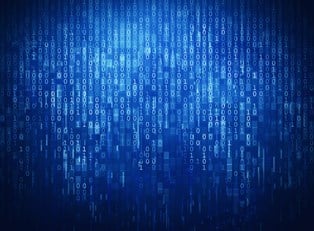A database is any organized collection or assortment of information or data. The programming language primarily used in creating databases is SQL (Standard Query Language), though other methods (the use of software and other programs like Excel) can help users create databases without using a programming language at all.
Database management systems (MySQL, PostgreSQL, Microsoft SQL Server, Oracle, SAP, IBM DB2, and more) exist to help capture and analyze information in a given database. Not all databases need such systems, however. Technically, a database is any information organized in a way that facilitates retrieval. By this definition, a filing cabinet, an address book, a library, or any other medium that organizes information in a readable and accessible format can be considered a database. It’s true, however, that most often databases exist digitally and the term is typically reserved for such cases.
Again, the purpose of a database is to grant easy access to important information, so they are often arranged and created in ways that will best accomplish this. For example, an electronic database of articles at a university might be arranged and classified based on subject matter, length, or a combination of similar factors. Any similar case—when information is stored and made easily retrievable—can also be considered an example of a database.
Have more questions? See more answers from Alot.





